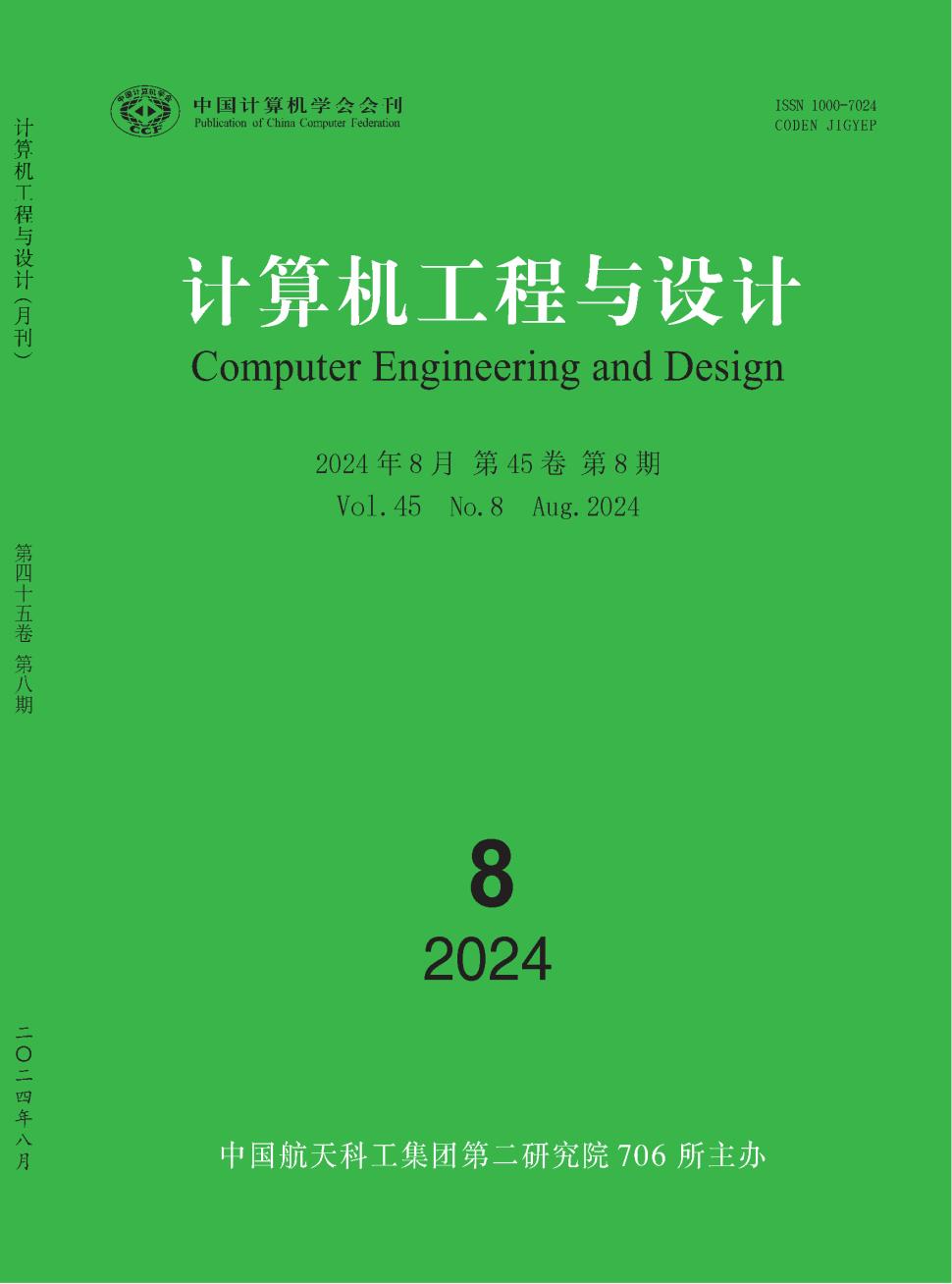使用基于分类的系统对活检图像中的胰腺脂肪变性进行自动量化
引用次数: 0
摘要
非酒精性脂肪性胰腺病(NAFPD)是成人中最常见的胰腺疾病,通常与肥胖和胰岛素抵抗有关。这是一个新的医学术语,指胰腺脂肪变性的发展,在晚期导致腺泡细胞不可逆转地被脂肪滴取代。尽管在世界范围内,这种疾病的患病率越来越高,但由于非侵入性医学成像方法的诊断局限性,对其进行的研究很少。近年来,随着现代计算机视觉系统的发展,通过活检成像系统进行数字病理已成为现代临床试验的金标准。目前的工作提出了一种自动诊断工具,用于测量胰腺活检标本中的脂肪比例。使用监督机器学习算法对一组20张组织学图像进行自动分析。与人类半定量估计相比,其诊断性能的脂肪定量误差最小为0.23%。本文章由计算机程序翻译,如有差异,请以英文原文为准。
Automated Quantification of Pancreatic Steatosis in Biopsy Images using a Classification Based System
Non-Alcoholic Fatty Pancreas Disease (NAFPD) is the most common pancreatic condition in adults and is usually associated with obesity and insulin resistance. It is a new medical term that indicates the development of pancreatic steatosis, which at an advanced stage leads to the irreversible replacement of acinar cells with fat droplets. Although increasing prevalence rates are recorded worldwide for this condition, it has been studied to a small extent due to the diagnostic limitations of noninvasive medical imaging methods. In recent years and with the development of modern computer vision systems, digital pathology through biopsy imaging systems has become the gold standard in modern clinical trials. The current work presents an automated diagnostic tool for measuring the fat ratio in pancreatic biopsy specimens. The automated analysis is performed on a set of 20 histological images using supervised machine learning algorithms. Its diagnostic performance presents a minimum fat quantification error of 0.23% compared to that obtained from human semi-quantitative estimates.
求助全文
通过发布文献求助,成功后即可免费获取论文全文。
去求助
来源期刊
自引率
0.00%
发文量
20353
期刊介绍:
Computer Engineering and Design is supervised by China Aerospace Science and Industry Corporation and sponsored by the 706th Institute of the Second Academy of China Aerospace Science and Industry Corporation. It was founded in 1980. The purpose of the journal is to disseminate new technologies and promote academic exchanges. Since its inception, it has adhered to the principle of combining depth and breadth, theory and application, and focused on reporting cutting-edge and hot computer technologies. The journal accepts academic papers with innovative and independent academic insights, including papers on fund projects, award-winning research papers, outstanding papers at academic conferences, doctoral and master's theses, etc.

 求助内容:
求助内容: 应助结果提醒方式:
应助结果提醒方式:


